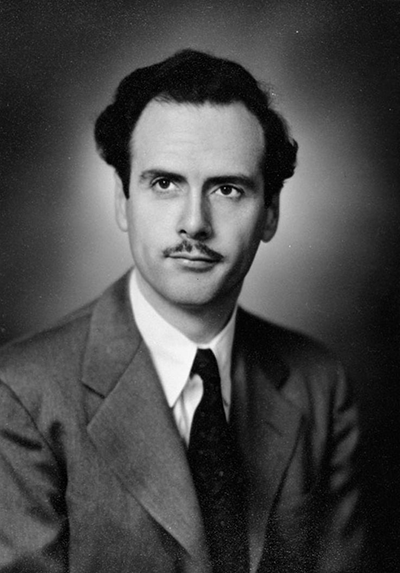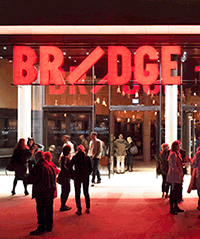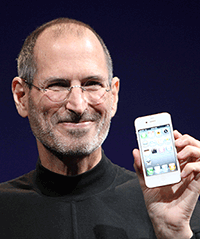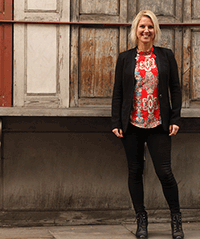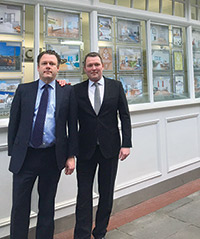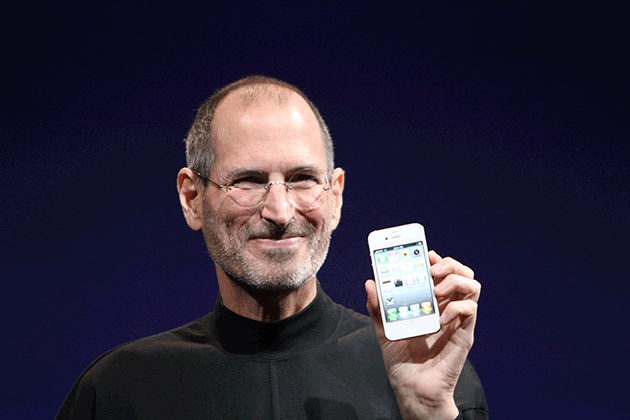
A rare breed – born entrepreneurs and instinctive marketeers, Steve Jobs (above) and Estée Lauder (below), (Photo of Steve Jobs by Matthew Yohe at en.wikipedia)
Not all entrepreneurs are natural marketeers. There are some stand-out exceptions like Steve Jobs, Richard Branson or Estée Lauder who each created visionary businesses and were all able to share them with the world through inventive and engaging communications.
The rest of the business community has relied on employing the right people or agency support for help. In the not so distant past small businesses frequently turned to their local papers or a printing company to design and deliver their advertising. That was largely the extent of their marketing effort.
As the world and its marketplace becomes increasingly digital, these analogue ‘real world’ channels are no longer the first port of call. Suddenly, everything is about branding, SEO and continuous social media chatter – the amount of effort needed to stay on top has ballooned and the responsibility for doing it is in your own hands, on your mobile phone.
Success in business has never just been about offering the best product, service or value. There are countless examples of quality products beaten in the marketplace by inferior alternatives that have been marketed better.
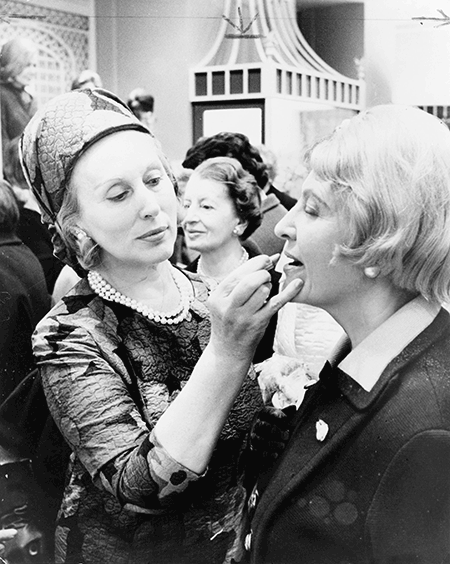
We can all probably think of a personal favourite restaurant, hair stylist or mechanic who struggles to get the recognition and sales they deserve. The reason why is often down to perceived reputations, presentation and giving customers sufficient motivation to change. These are challenges that can be tackled with inventive marketing.
But a great chef is rarely a great communicator, graphic designer and copywriter too. Today’s entrepreneurs are expected to plan, write and deliver a stream of relationship-building communications, professionally put together and well written.
This is more than just a knack and why some people find their professional home in media while others discover their strengths elsewhere. It’s hardly surprising that businesses handling their own marketing alongside their regular workload often create haphazard, directionless material that fails to inspire and often actually works against them. It’s not wildly dissimilar to the trap the President of the United States is regularly falling into with midnight tweets, brags and squabbles.
The River Magazine and its sister company Onclouds are currently offering a unique mix of campaigning, a combination of local press exposure with an array of online marketing and advertising too.
Onclouds delivers fresh and lively content to social media pages, website blogs and maintains company profiles on business directories. Offers and promotions are boosted to wider audiences with selective advertising and all of this can run alongside regular inclusions in the local lifestyle magazine, The River.
For start-ups, small and medium sized businesses a complete, hassle-free and professional marketing service typically ranges from £50 to £500 per month, allowing business owners and employees to concentrate on what they do best, while someone else takes care of making the right impression online.
For more information call
020 7193 7833 and ask for Janine or Chris
ONCLOUDS
e: info@onclouds.com
w: onclouds.com
Tips for
DIY Marketing
If you are new to marketing here are some quick tips for creating a simple, effective strategy. Create a grid, on a big piece of paper or a spreadsheet and keep it somewhere that’s easy to see.
When
Plan ahead – what are the key dates for your business and customers in the next 12 months? What are the products/services that should be promoted at these times? Consider how far in advance you should start promoting these. Allow enough time for your customers to warm to your ideas before they make their buying decisions.
Where
List all the places in print and online that you should be reaching out to your customers, both new and existing (press, social media, business directories, by email or post). Don’t over-reach or over-spend, be realistic in what can be achieved.
What
Draft appropriate messages for each place you have identified and for all of the key events you have thought of, adjusting the style of message to suit each ‘channel’. Continue to pencil in extra messages for the remaining squares in the grid as appropriate. See ‘The Sizzle’ below for things to remember when developing what you say.
The Sizzle
Selling ‘the sizzle not the sausage’ is all about emphasising the experience; the sensory, emotional effect your product or service has on your customers, rather than the details and facts of what you offer. Essentially any communication must be written with the reader in mind, what it will mean to them and how it will make them feel.
When you’re planning your messages, check out some of the kinds of things your competition do well or other businesses who’s marketing you like. Bear these in mind when you start creating your own. You don’t want to copy anyone else’s material – you want to make it your own, but you do want to learn from successful campaigns and avoid basic mistakes.
The Medium is the Message
Back in 1964 when Marshall McLuhan coined the phrase ‘The Medium is the Message’ he was describing his belief that the technology (‘medium’) used to deliver an advertisement (or ‘message’) was as relevant to the consumer as the content of the message itself. Like small children opening presents at Christmastime, frequently as entertained by the wrapping and the box as they are the gift inside, or even how different your coffee tastes in the wrong cup!
Capitalising on the relationship your customers have with their preferred media can help shape more effective marketing. This has never been more relevant than now, with the increasingly personal relationship people have with their online social worlds.

